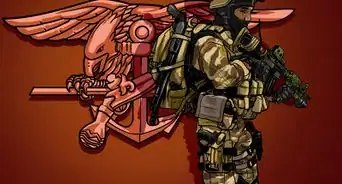This article was co-authored by wikiHow staff writer, Jennifer Mueller, JD. Jennifer Mueller is an in-house legal expert at wikiHow. Jennifer reviews, fact-checks, and evaluates wikiHow's legal content to ensure thoroughness and accuracy. She received her JD from Indiana University Maurer School of Law in 2006.
There are 10 references cited in this article, which can be found at the bottom of the page.
This article has been viewed 7,853 times.
Learn more...
When it comes to the US military, Air Force pararescuemen (also known as "PJs") are among the most highly trained specialists in tactical rescue and emergency trauma. PJs not only have all the training of special operations forces in other branches of the military but also use rescue techniques and medical expertise to save lives. [1] If you like the challenge of a fast-paced lifestyle and want an active career in the outdoors, becoming a pararescueman might be just the job for you. But be ready to be challenged—only about 20% of the recruits who enter the PJ pipeline successfully complete their training.[2]
Steps
Enlisting in the Air Force
-
1Take the ASVAB test to assess your aptitude. The ASVAB test is a multiple-choice test that evaluates your aptitude for various military jobs, including arithmetic reasoning, work knowledge, reading comprehension, and math knowledge. Typically, you can take the test through your high school.[3]
-
2Meet the basic requirements for joining the Air Force. To be a PJ, you must first enlist in the Air Force. You can do this online or through a local recruiter. But before you do, make sure you:[6]
- Are 17 to 39 years old
- Are a US citizen or permanent resident (you have to be a US citizen to be a PJ)[7]
- Have a high school diploma or a GED and at least 15 semester hours of college credit
- Have an overall ASVAB score of at least 31 (50 if you have a GED)
Advertisement -
3Go through a physical and mental screening. Your local recruiter will make an appointment for you at the nearest Military Entrance Processing Station (MEPS) for your screening. At MEPS, you'll get a physical exam and take tests to evaluate your mental fitness.[8]
- The Air Force maintains strict height and weight requirements, which might vary depending on your job. The Air Force doesn't have any weight reduction programs, but if your weight exceeds the maximum, you might be able to delay your enlistment.[9]
-
4Discuss your interest in becoming a PJ with your jobs counselor. You'll be assigned a jobs counselor while at MEPS, who will provide you with a list of some of the jobs that will be available to you in the Air Force. Let them know what you're interested in—specifically, let them know that you want to be a PJ.[10]
- If you don't initially meet the qualifications to become a PJ, your jobs counselor can tell you what you need to do to get to that level.
-
5Complete basic training. Basic training marks the official beginning of your career in the Air Force. You'll spend 8 and a half weeks at Lackland Air Force Base (AFB) in San Antonio, Texas, learning military conduct and procedure and getting in shape.[11]
- On your first day, you'll be assigned to a Military Training Instructor (MTI) who will be your teacher, mentor, and guide through the rest of your training. Go to them if you ever have any issues or questions.
- At the end of basic training, if you've already indicated that you're interested in becoming a PJ, you'll find out when your additional training starts.
Applying for Pararescue Training
-
1Meet the basic requirements to become a PJ. To even be considered for training as a PJ (also known as "entering the pipeline"), you must meet specific basic requirements over and above those of a normal airman. As of 2021, additional requirements include:[12]
- Have vision no worse than 20/70 in your best eye and 20/100 in your worst eye, correctable to 20/20
- Have normal color vision
- Be able to obtain a secret security clearance (requires national and local agency checks as well as a credit check)
- Have a physical profile with no noted problems and a strength standard aptitude of "K"
- Qualify for aviation service
- Volunteer for hazardous duty, parachute duty, and diving duty
-
2Talk to a career counselor if you're already enlisted in the Air Force. If you didn't express an interest in being a PJ when you first enlisted, you still have a possibility of entering the pipeline. Tell your career counselor that you're interested in transferring. They'll see if you meet the requirements for the program and talk to you more about it.[13]
- As long as you qualify, you can move to the preparatory courses to see if you're ready for the pipeline. If you don't make the cut, you can return to the job you had before you started.
-
3Submit an application package if you're an officer candidate. Talk to an Air Force Special Operations Recruiter if you're interested in becoming a PJ and you're eligible for OCS. They'll give you more information on the materials you need to pull together to apply for PJ training.[14]
- This avenue is also open to anyone with prior service, either in the Air Force or in another branch. For example, if you've served for 4 years as a Marine and are now interested in becoming a PJ, the recruiter can assist with your transfer or re-enlistment paperwork so you can join the Air Force and have a chance at the pipeline.
-
4Take the special warfare preparatory course. During the preparatory course, you'll spend 8 weeks at Lackland AFB doing a lot of strength and conditioning training, primarily through running, rucking, and swimming. In the classroom, you'll learn about the history of the PJs.[15]
- At the end of this course, you'll take the PAST. Your score on this test determines whether you can move on to additional training.
-
5Complete the special warfare assessment and selection course. After another 4 weeks of technical and physical training, the Air Force decides whether you're worthy to advance with your PJ training or need to transfer to another job. Be ready to prove yourself![16]
- This is an indoctrination course and is similar to basic training in that respect. Along with intensive physical conditioning, you'll also undergo physiological training and learn dive physics, dive tables, CPR, medical terminology, and other foundational PJ skills.[17]
Completing the Training Pipeline
-
1Learn combat diving. Stay at Lackland for another 4 weeks to train mentally and physically to become an expert diver. You'll do intense calisthenics, long-distance running, and swimming. Combat diving also includes water-confidence training to help you remain calm underwater.
- If you make it through the combat diving training at Lackland, you'll transfer to Panama City, Florida, for more extensive diving training that will prepare you to render expert medical aid in and under the water.
-
2Go to Fort Benning, Georgia for airborne training. Aircraft often go down in the middle of nowhere, which means PJs have to parachute in to the rescue. You'll spend 5 weeks in Fort Benning learning the basics of parachuting and static line jump operations.
-
3Build on your airborne training with the free-fall course. During the 4 weeks in Yuma, Arizona, and Jamul, California, you'll build on your airborne training to become an expert skydiver. This training allows you to drop in to any location to render medical aid.
-
4Train in SERE (survival, evasion, resistance, escape) tactics. SERE training takes place at Fairchild AFB in Washington over the course of 3 weeks. During this time, you'll learn outdoor survival skills, how to evade capture, and how to resist or escape capture while following the military code of conduct.[18]
- Because PJs potentially have access to or knowledge of classified information while they're in the field, SERE tactics are of critical importance.
- At Fairchild AFB, you'll learn how to adapt and survive in many different types of outdoor environments.
-
5Get basic and advanced medical training. PJs are all certified paramedics. Over 37 weeks at Kirtland AFB in New Mexico, you'll receive advanced medical training. Through this training, you'll learn expert techniques that will help you save lives in intense, high-pressure combat situations.
- At the end of this training, you'll be certified as a paramedic. You must maintain this certification throughout your career as a PJ.
-
6Apply your training as a PJ apprentice. The final step of your training is 22 weeks at Kirtland AFB as a PJ apprentice. During this course, you'll learn how to apply the medical skills you've learned in a variety of different high-pressure scenarios and while using different combat weapons and strategies.
- At the end of your apprenticeship, you become a member of the Air Force's elite special forces. Remember that most people who start down the pipeline don't get to this point.
Warnings
- Discuss becoming a PJ with your family before you enter the pipeline. This career means you'll be away from your family a lot, and you might not be able to tell them exactly where you are or what you're doing. It's critical that you have their support.[21]⧼thumbs_response⧽
References
- ↑ https://www.specialwarfaretw.af.mil/About-Us/Pararescue/
- ↑ https://www.operationmilitarykids.org/air-force-pararescue-pjs/
- ↑ https://www.airforce.com/how-to-join/process/enlisted
- ↑ https://www.airforce.com/how-to-join/prepare-for-success/meet-requirements
- ↑ https://www.920rqw.afrc.af.mil/Portals/10/documents/AFD-100506-079.pdf
- ↑ https://www.airforce.com/how-to-join/prepare-for-success/meet-requirements
- ↑ https://www.920rqw.afrc.af.mil/Portals/10/documents/AFD-100506-079.pdf
- ↑ https://www.airforce.com/how-to-join/process/enlisted
- ↑ https://www.airforce.com/how-to-join/prepare-for-success/meet-requirements
- ↑ https://www.airforce.com/how-to-join/process/enlisted
- ↑ https://www.airforce.com/education/military-training/bmt
- ↑ https://www.920rqw.afrc.af.mil/Portals/10/documents/AFD-100506-079.pdf
- ↑ https://www.militaryonesource.mil/military-life-cycle/new-to-the-military/military-career/air-force-special-forces/
- ↑ https://beapj.com/resources/pipeline/pj
- ↑ https://www.airforce.com/careers/detail/pararescue
- ↑ https://www.airforce.com/careers/detail/pararescue
- ↑ https://www.specialwarfaretw.af.mil/About-Us/Pararescue/
- ↑ https://www.afgsc.af.mil/News/Features/Display/Article/1565688/sere-what-it-takes/
- ↑ https://www.920rqw.afrc.af.mil/Portals/10/documents/AFD-100506-079.pdf
- ↑ https://www.920rqw.afrc.af.mil/Portals/10/documents/AFD-100506-079.pdf
- ↑ https://www.920rqw.afrc.af.mil/Portals/10/documents/AFD-100506-079.pdf




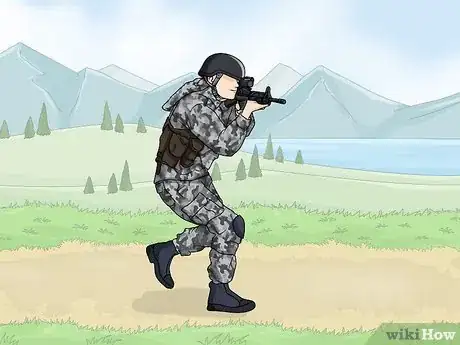
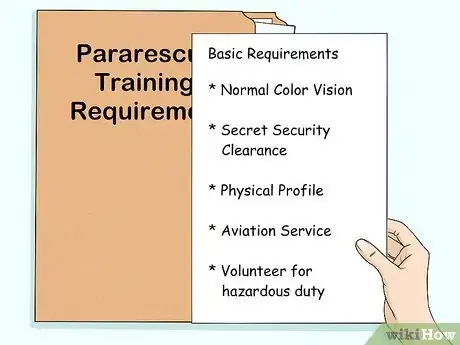
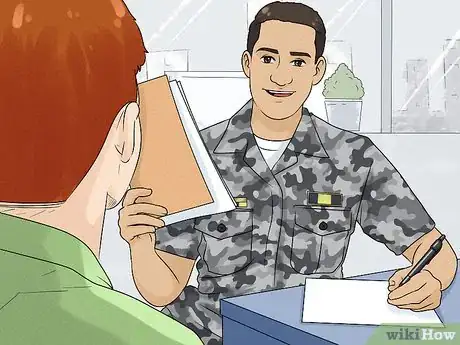


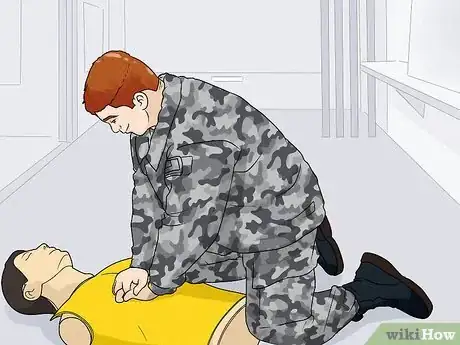
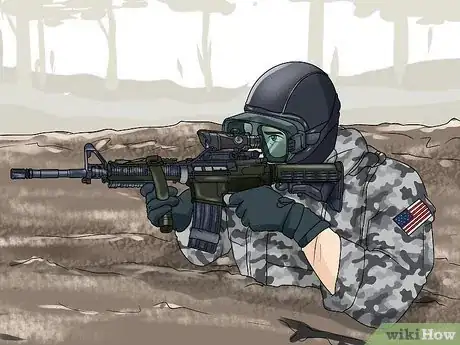
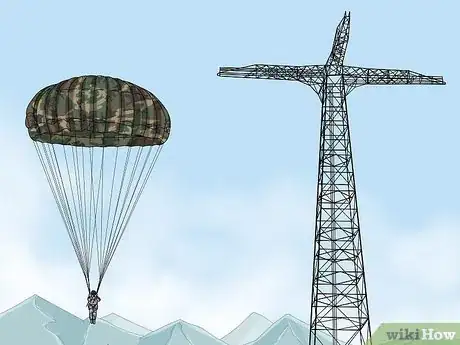
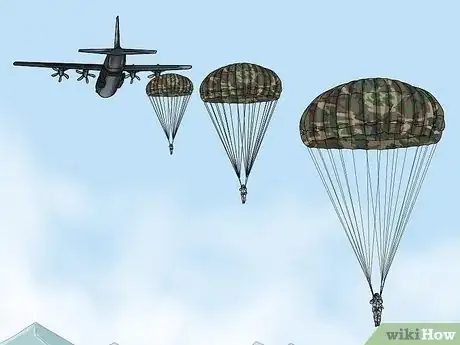
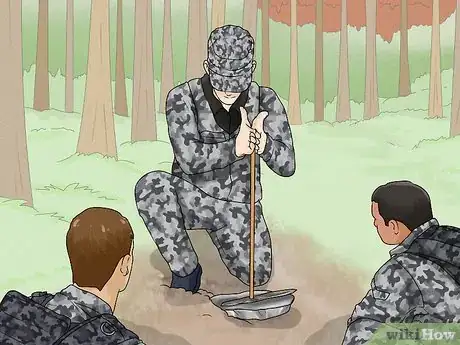
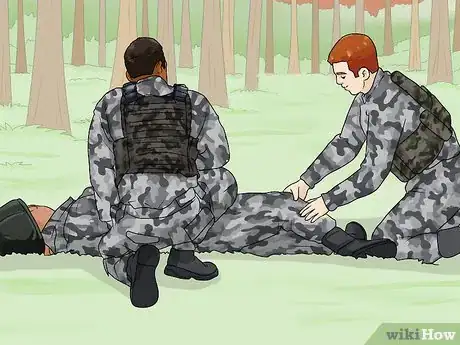
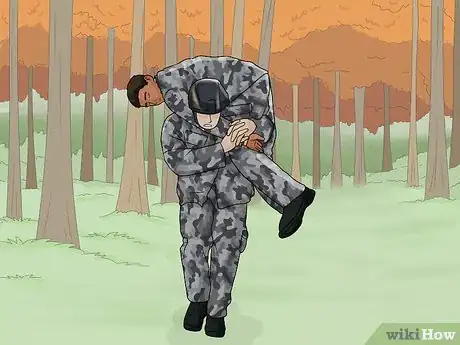





-Step-10-Version-3.webp)



